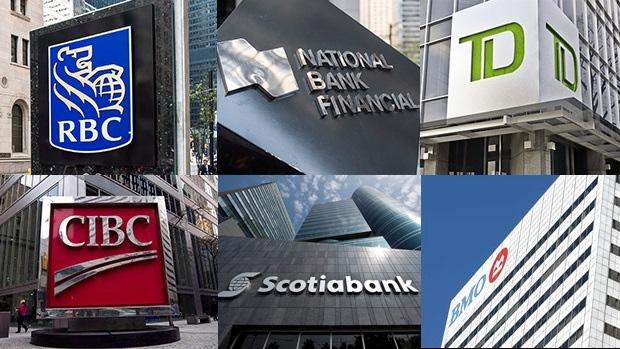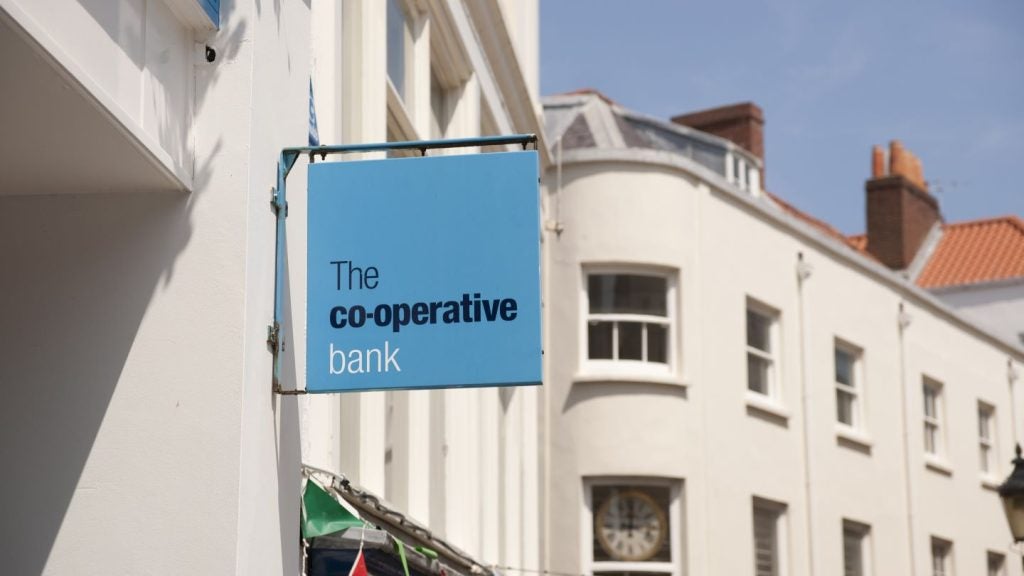
For the better part of a year, Canadian banks have been stashing away enough capital to protect themselves against existing and expected Covid headwinds. Now, with Covid vaccines being distributed and the prospect of economic recovery looming, the banks are facing a dilemma: how to put all that money to work?
Canada’s six largest banks were sitting on $70.4bn (£40.5bn) more in Common Equity Tier 1 capital than required by regulators, as of Oct. 31. CET1 capital is the stash of securities meant to serve as a bank’s first line of defence in a financial crisis.
The capital hoard was built up last year to protect against a possible wave of defaults resulting from economic shutdowns to fight the spread of Covid-19.
Extra capital unshackled
The banks and their investors initially welcomed the capital build-ups because they reduced the likelihood banks would be forced to raise more money, which would dilute shareholders’ equity
In March, Canadian regulators told banks to halt share buybacks and dividend increases.
The result is that Canada’s six largest banks reported a combined $262bn in CET1 capital as of Oct. 31, accounting for 12.3% of their risk-weighted assets.
How well do you really know your competitors?
Access the most comprehensive Company Profiles on the market, powered by GlobalData. Save hours of research. Gain competitive edge.

Thank you!
Your download email will arrive shortly
Not ready to buy yet? Download a free sample
We are confident about the unique quality of our Company Profiles. However, we want you to make the most beneficial decision for your business, so we offer a free sample that you can download by submitting the below form
By GlobalDataRegulators require that ratio to be just 9%, meaning the banks are carrying about $70.4bn more than mandated.
Options for capital disposal
Among the most intriguing possibilities for investors is that the banks will use that dry powder for acquisitions, particularly south of the border.
In addition to acquisitions, share buybacks could be a quick way to deploy the capital once they’re allowed again. Canadian regulators will want some time, though, to see how severe credit losses are.
Dividend increases could be a similarly rapid way to put the money to work, once regulators allow for them. So far, Canadian officials have opened the door only to special dividends under “exceptional circumstances.”
The challenge banks face is making compelling arguments that they have the best plan for putting that money to work — and earning a higher valuation for it.







